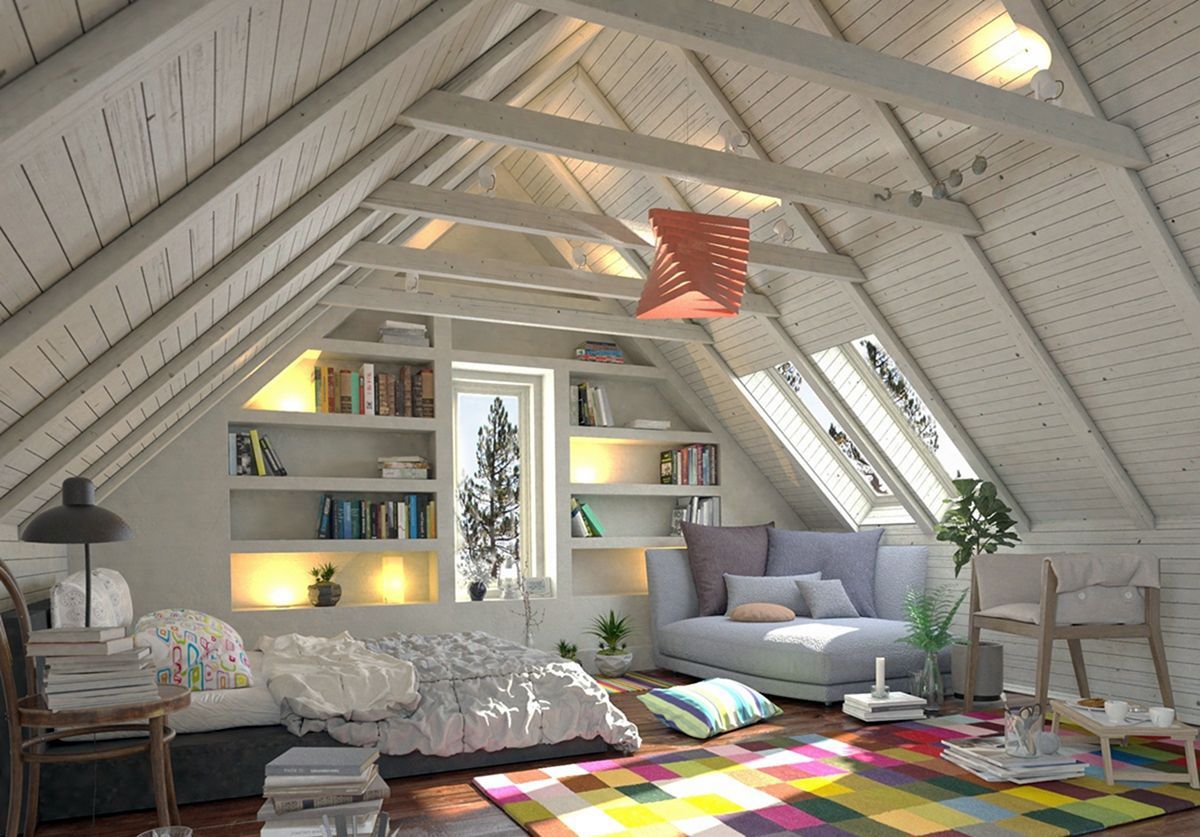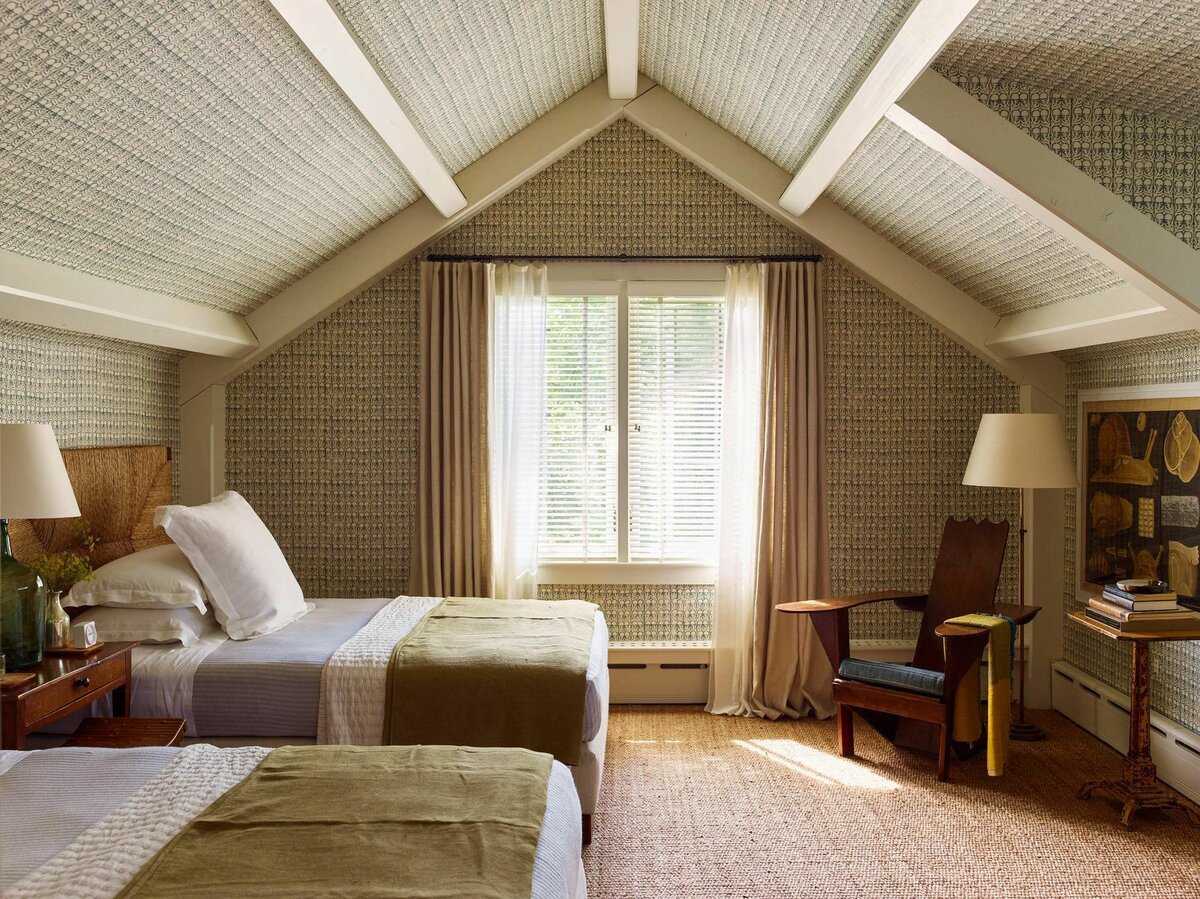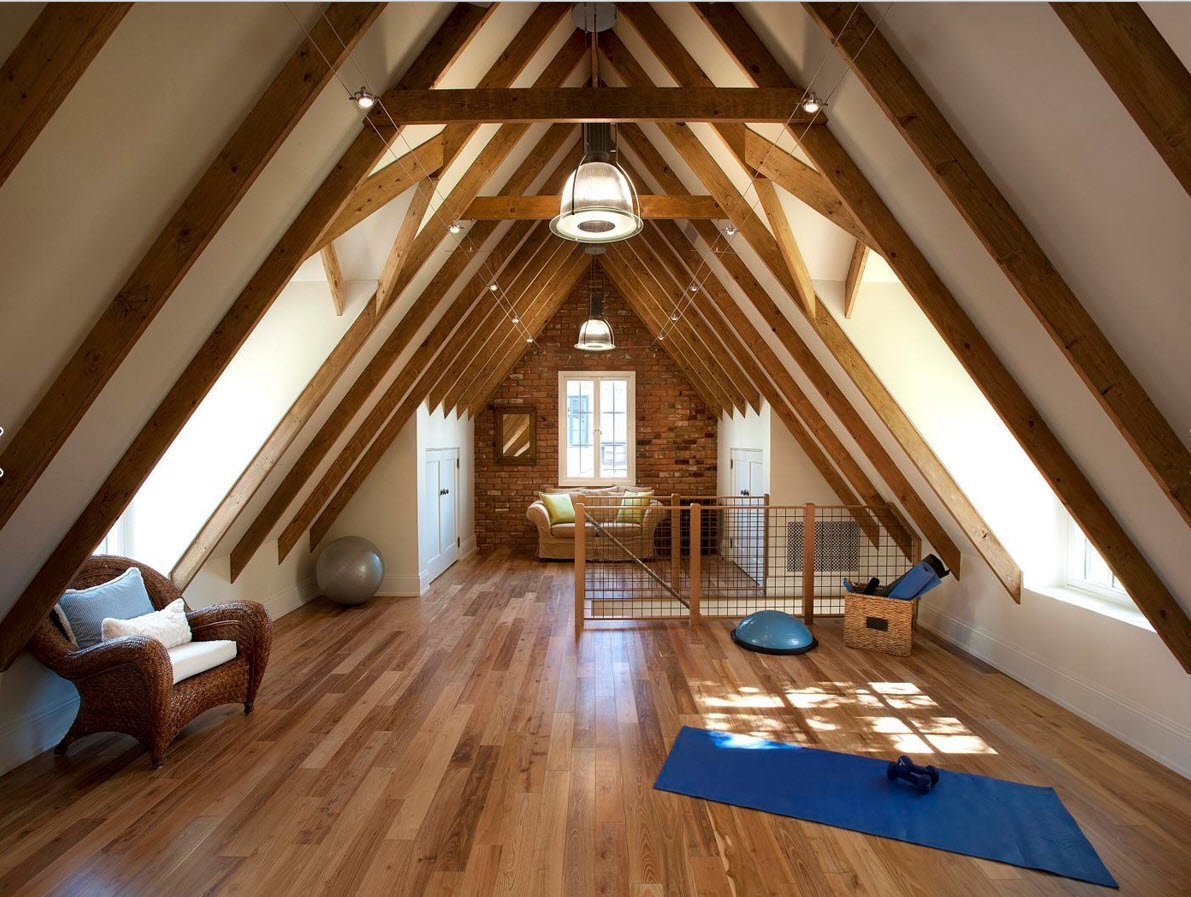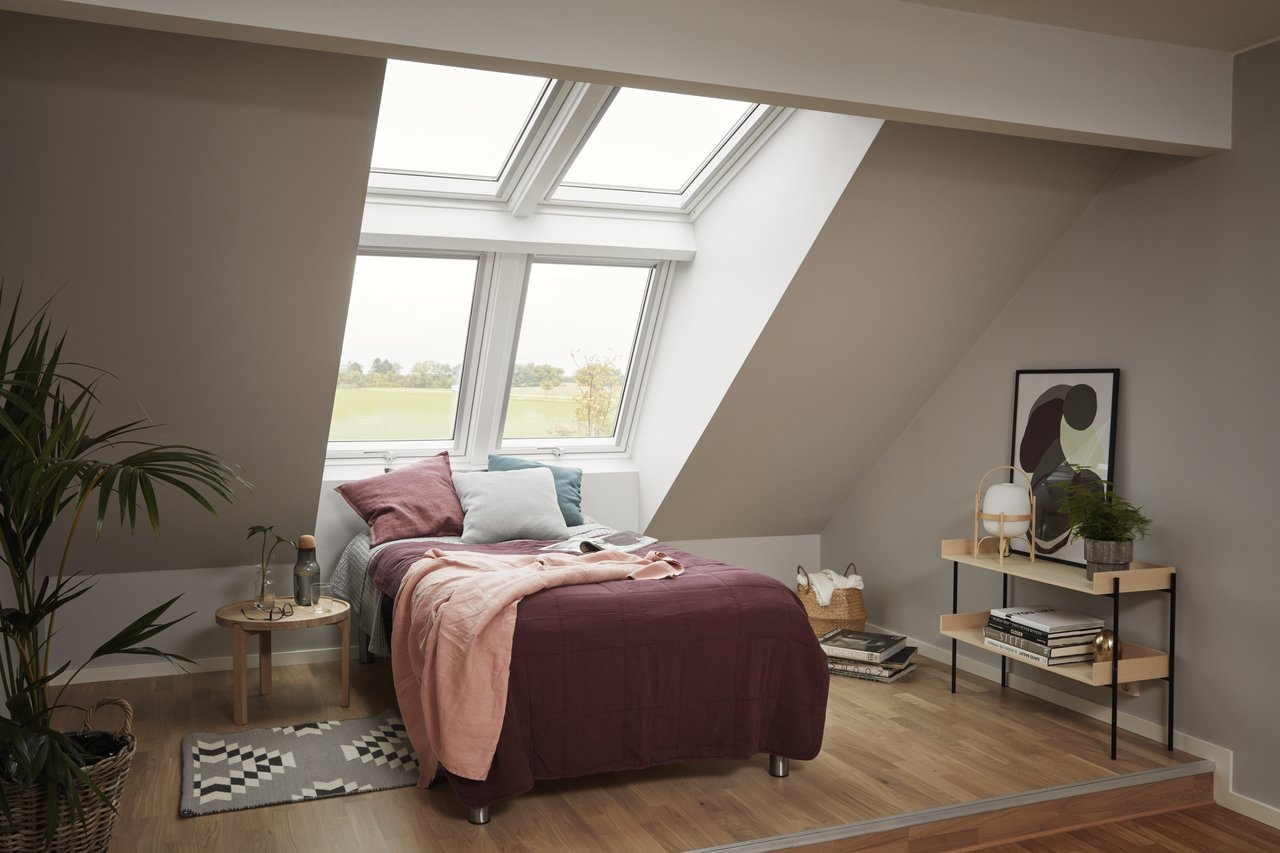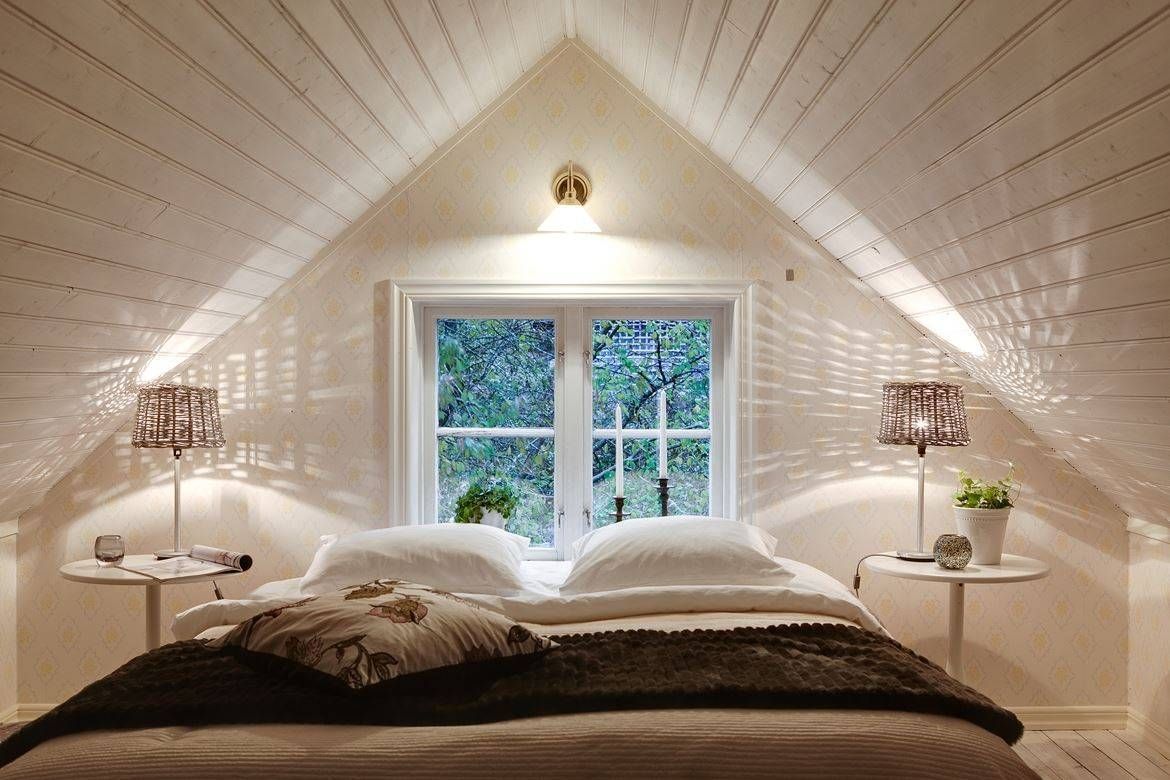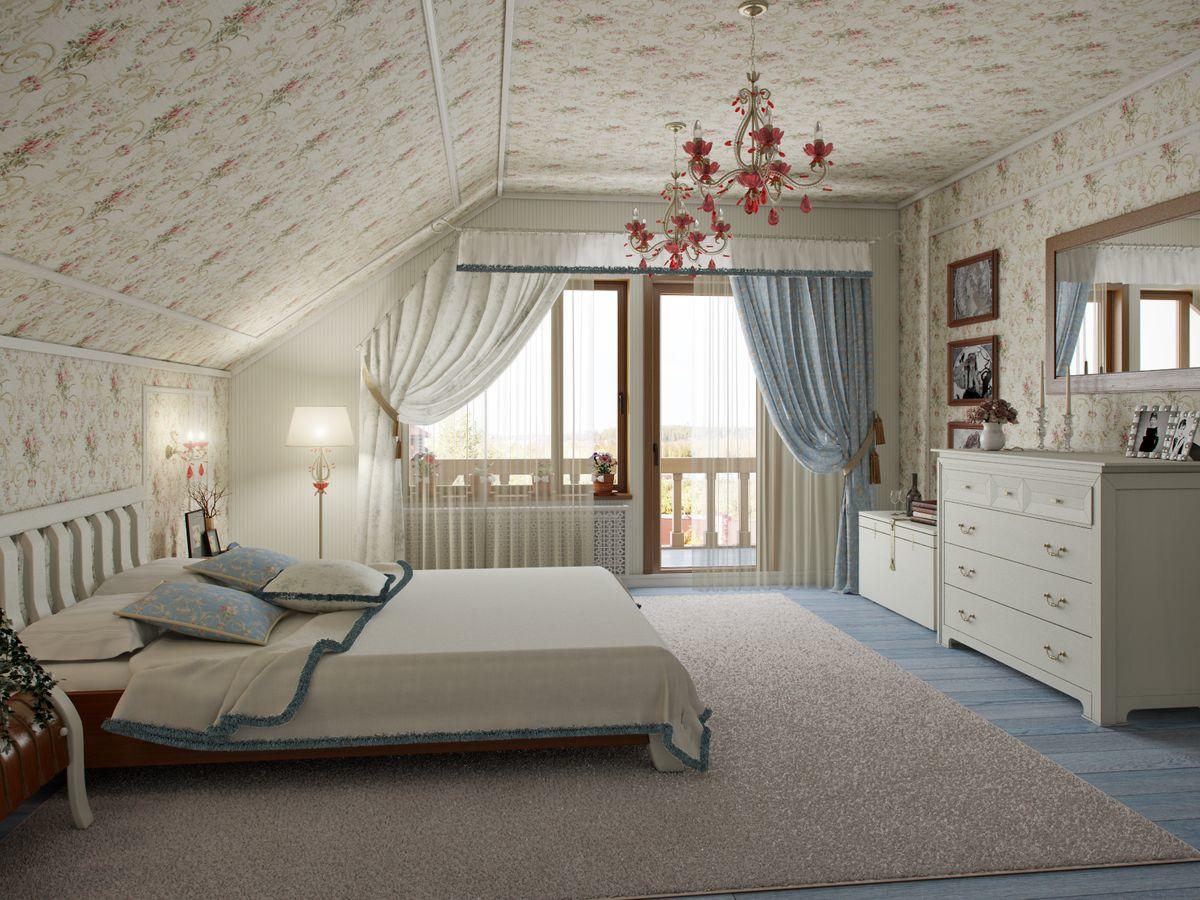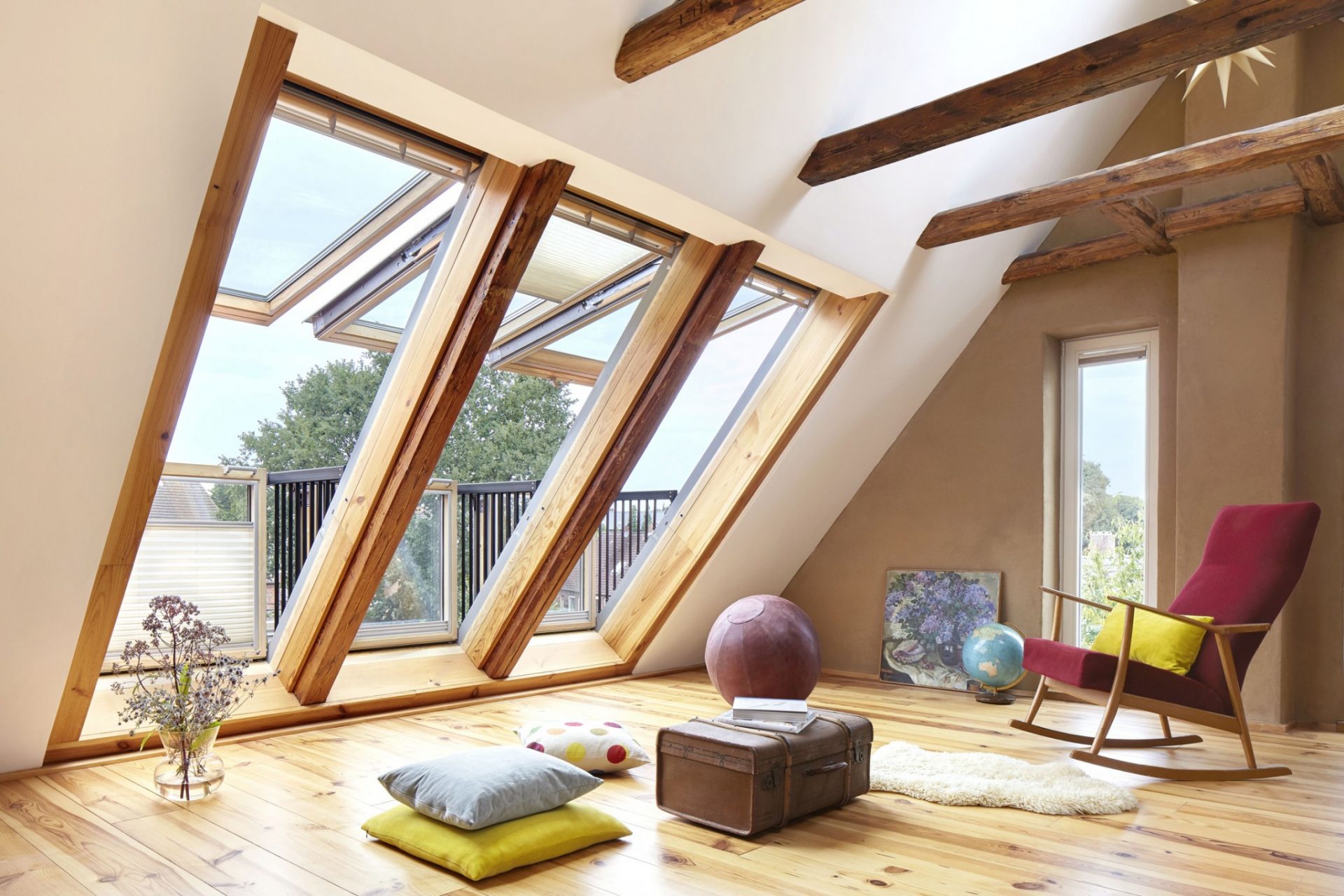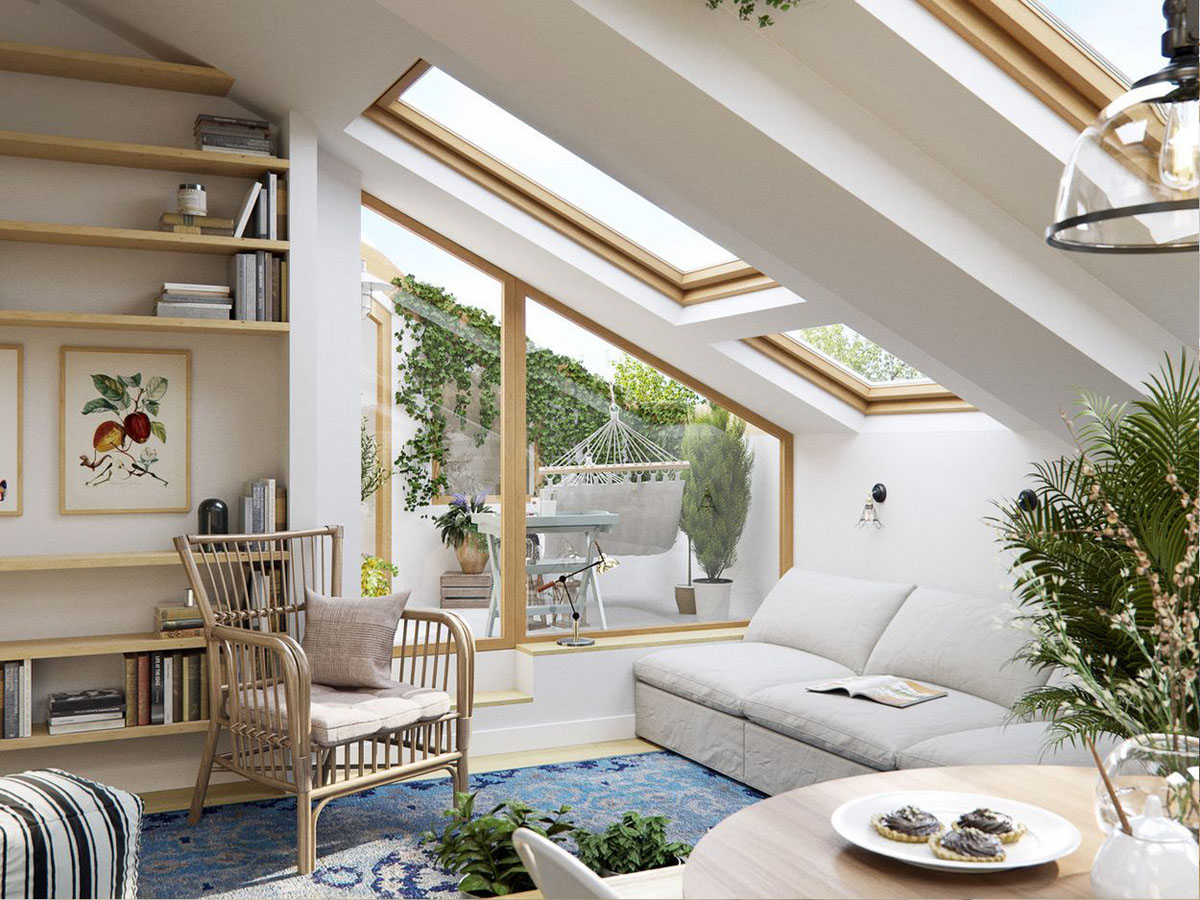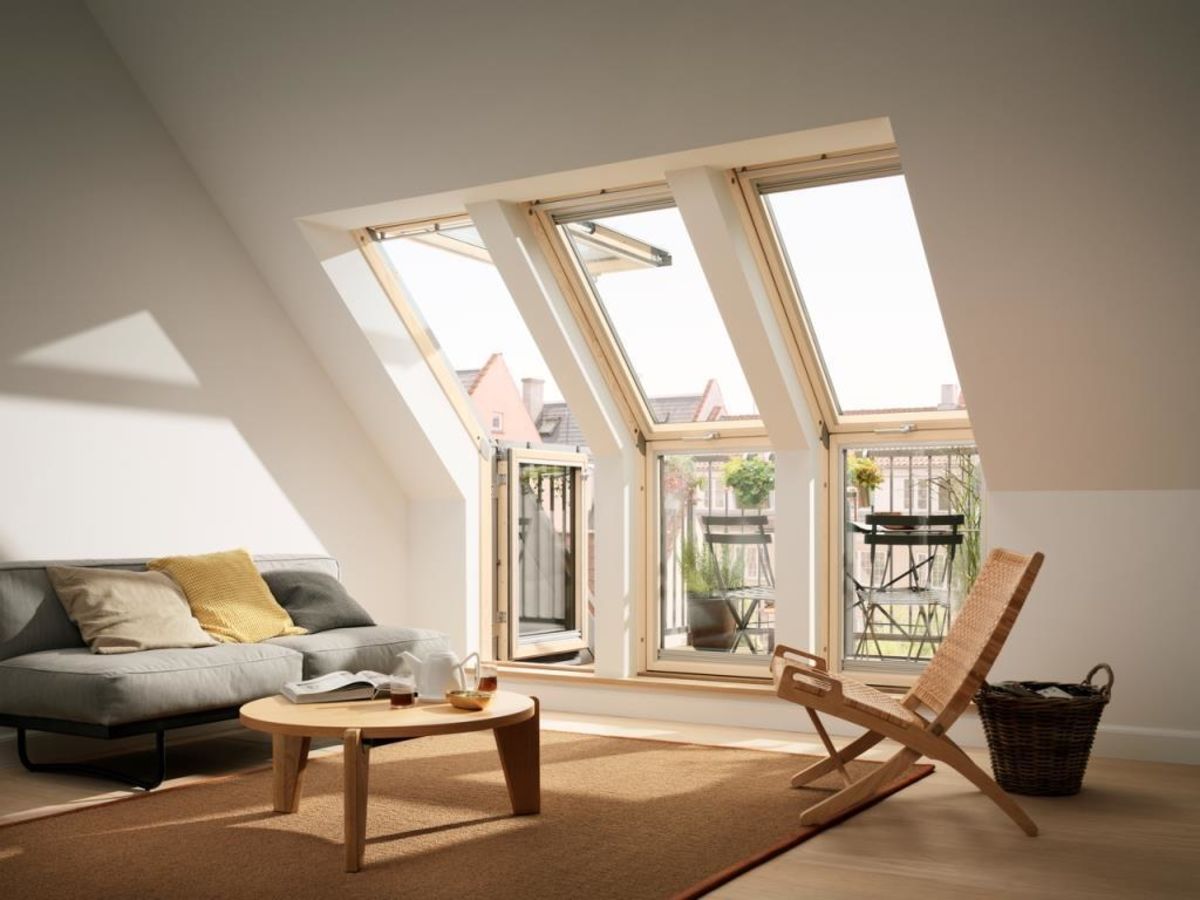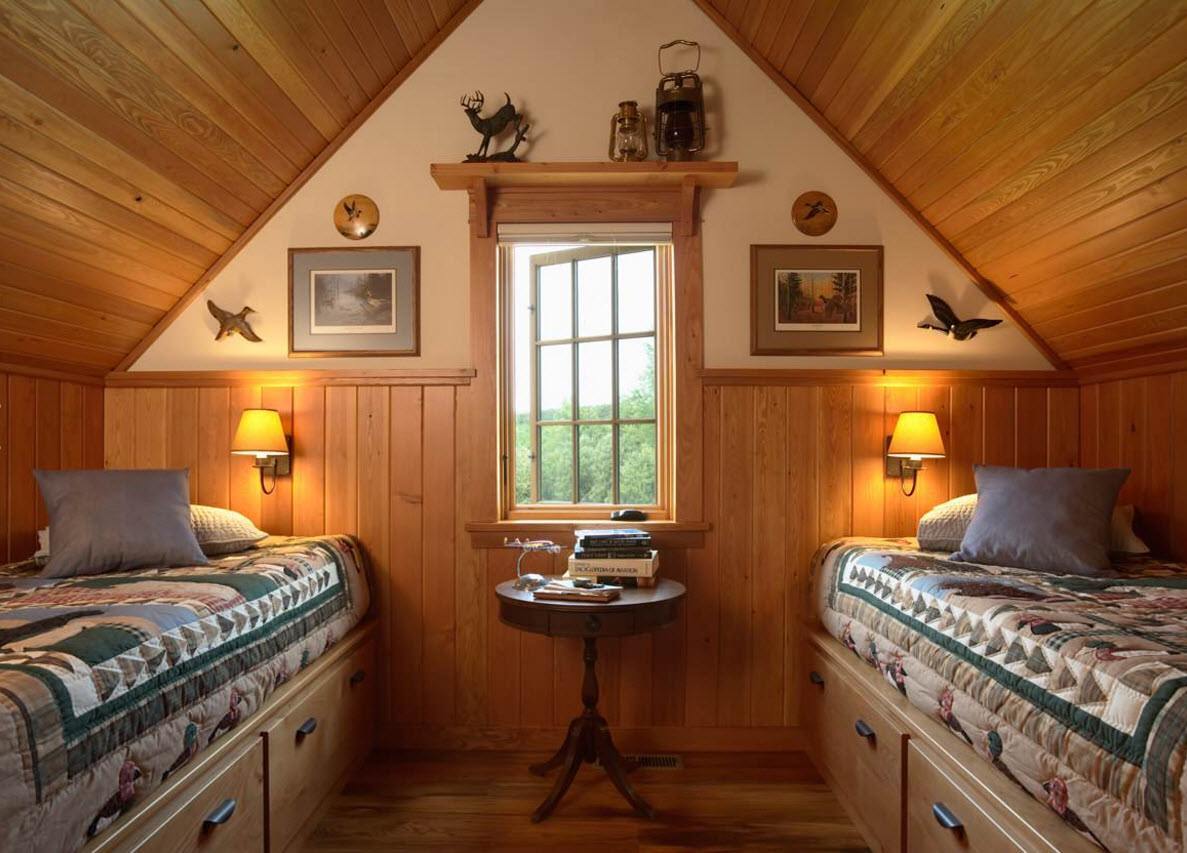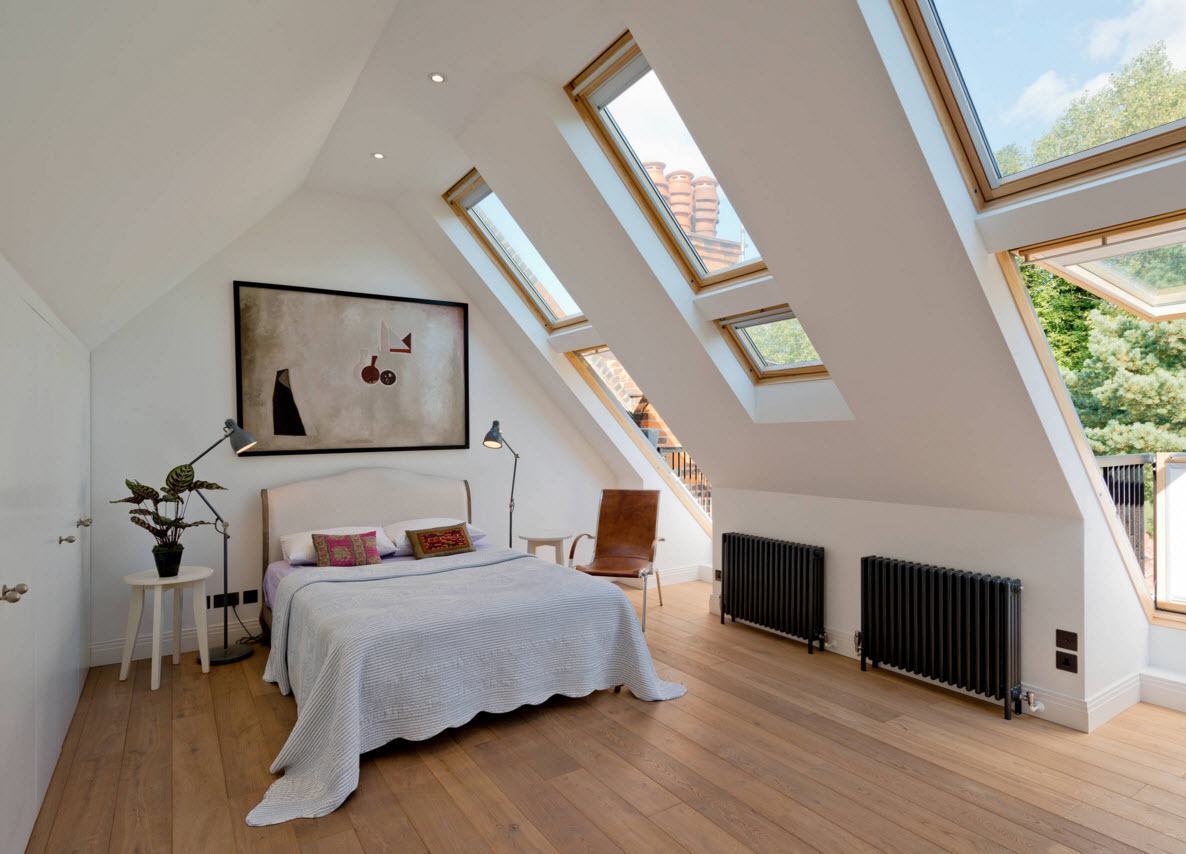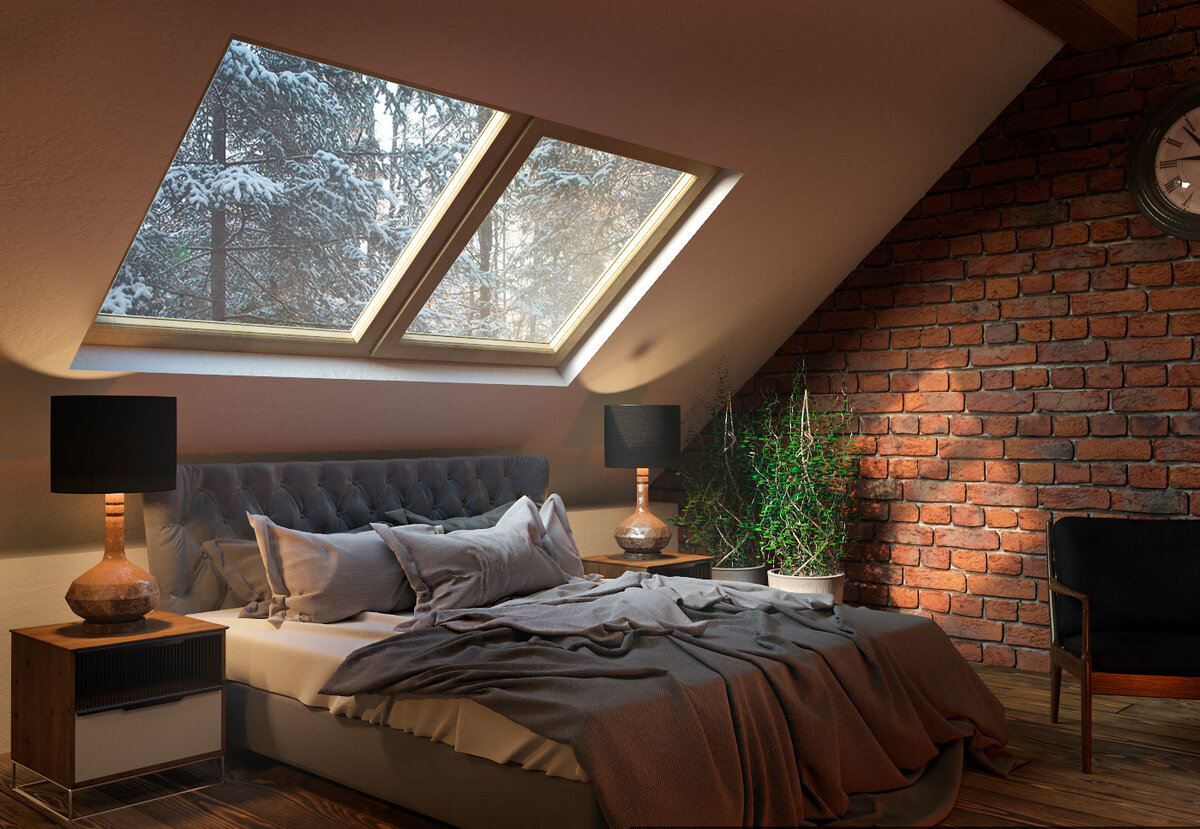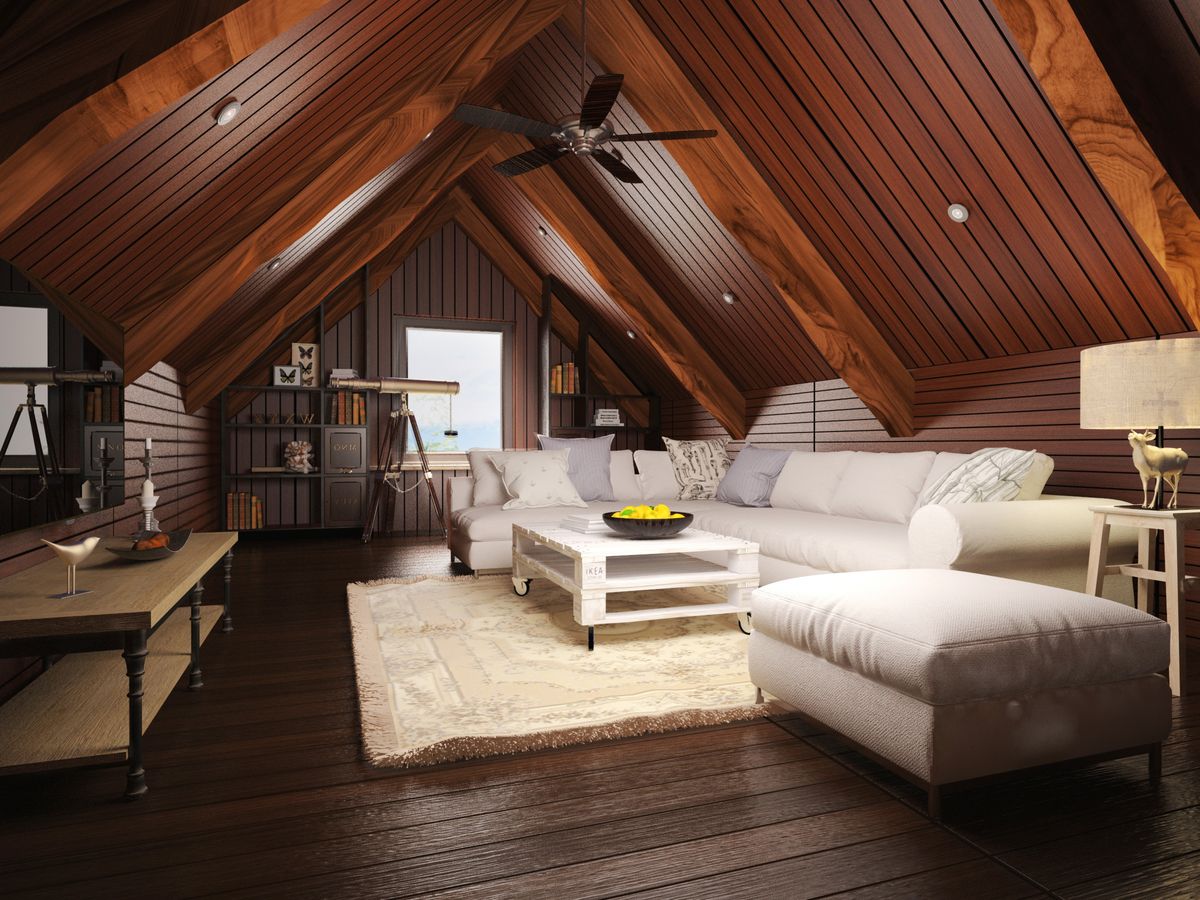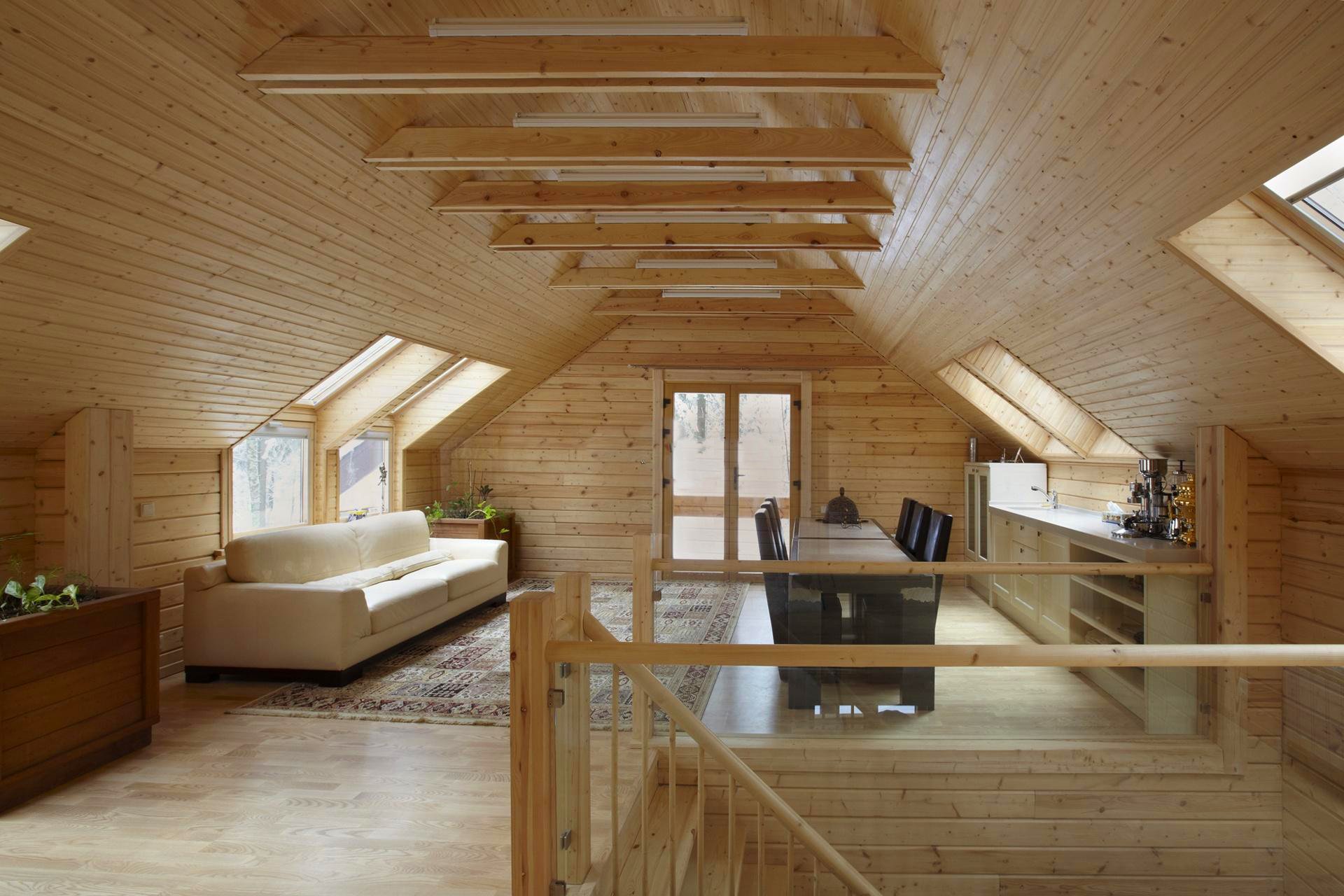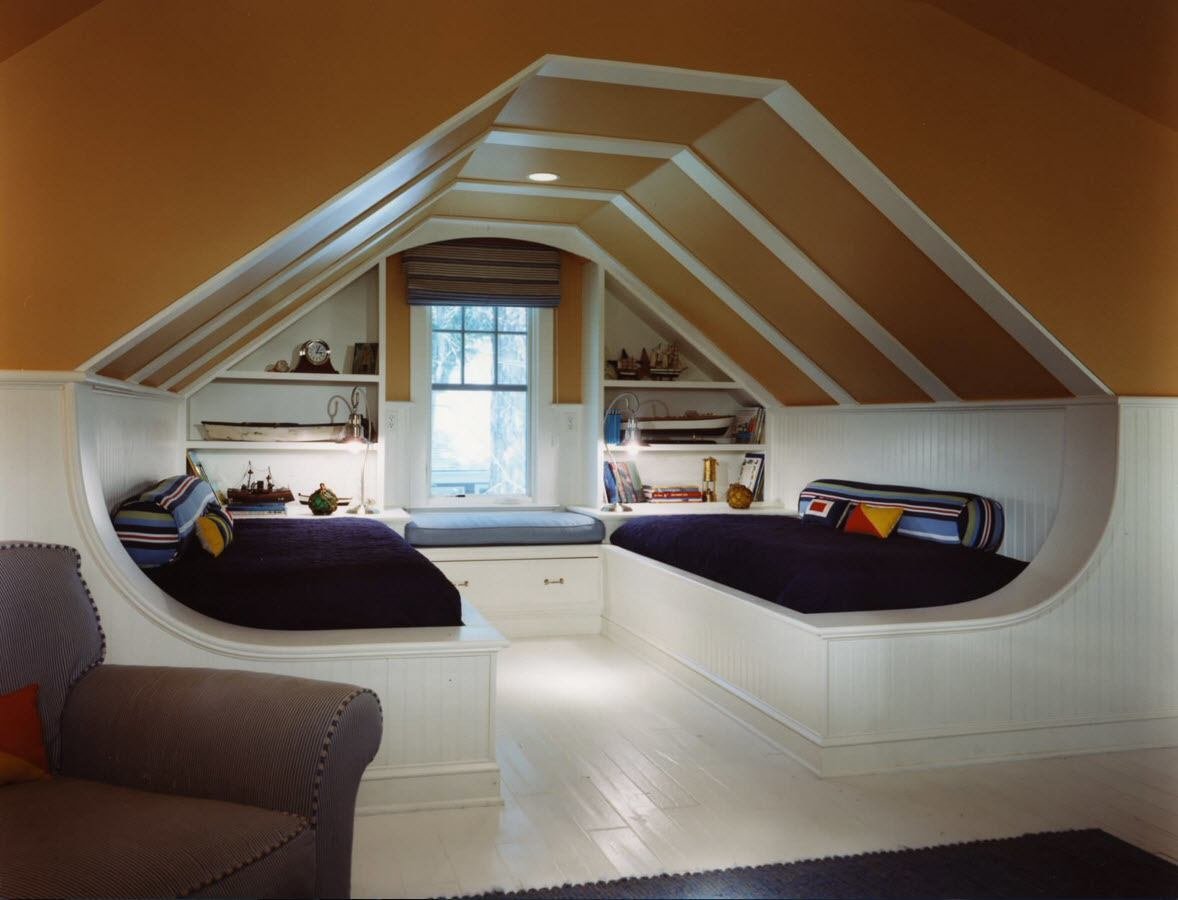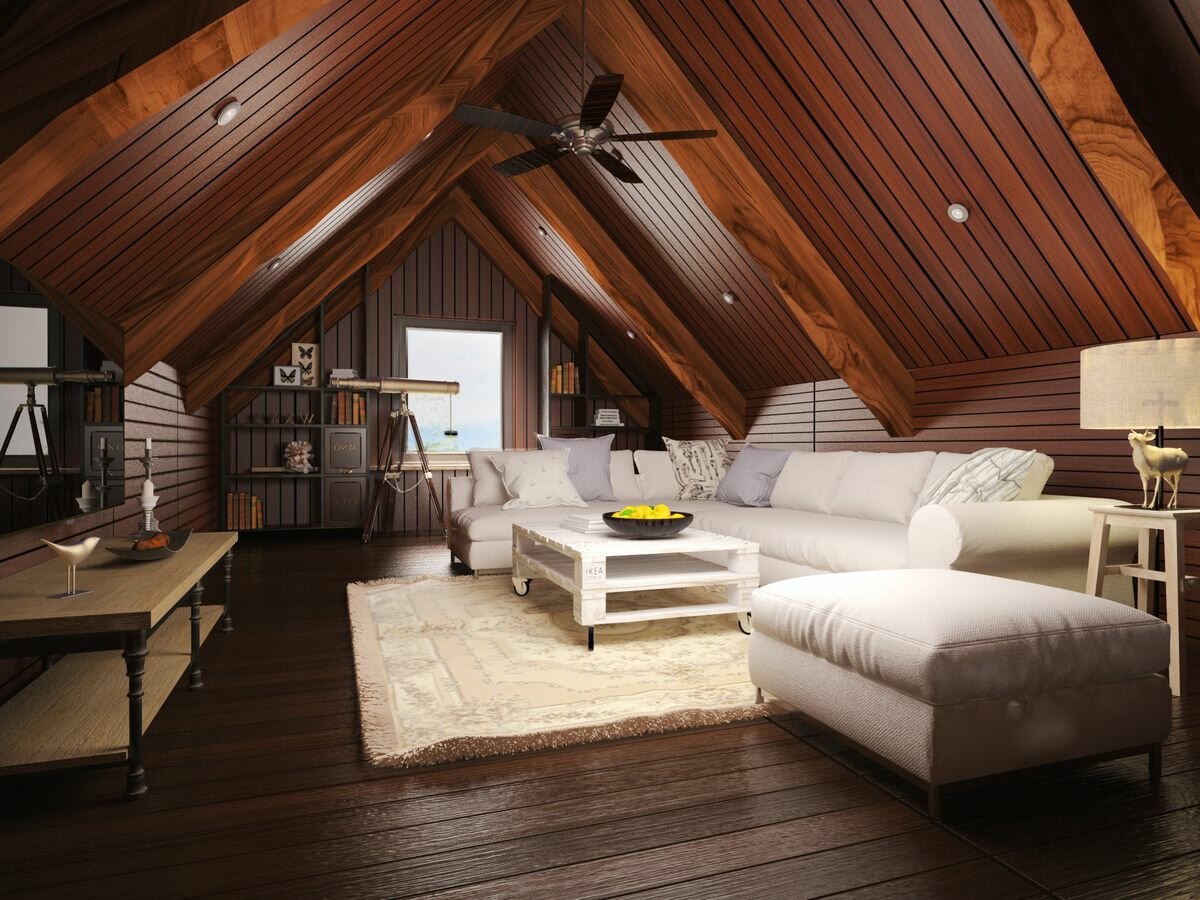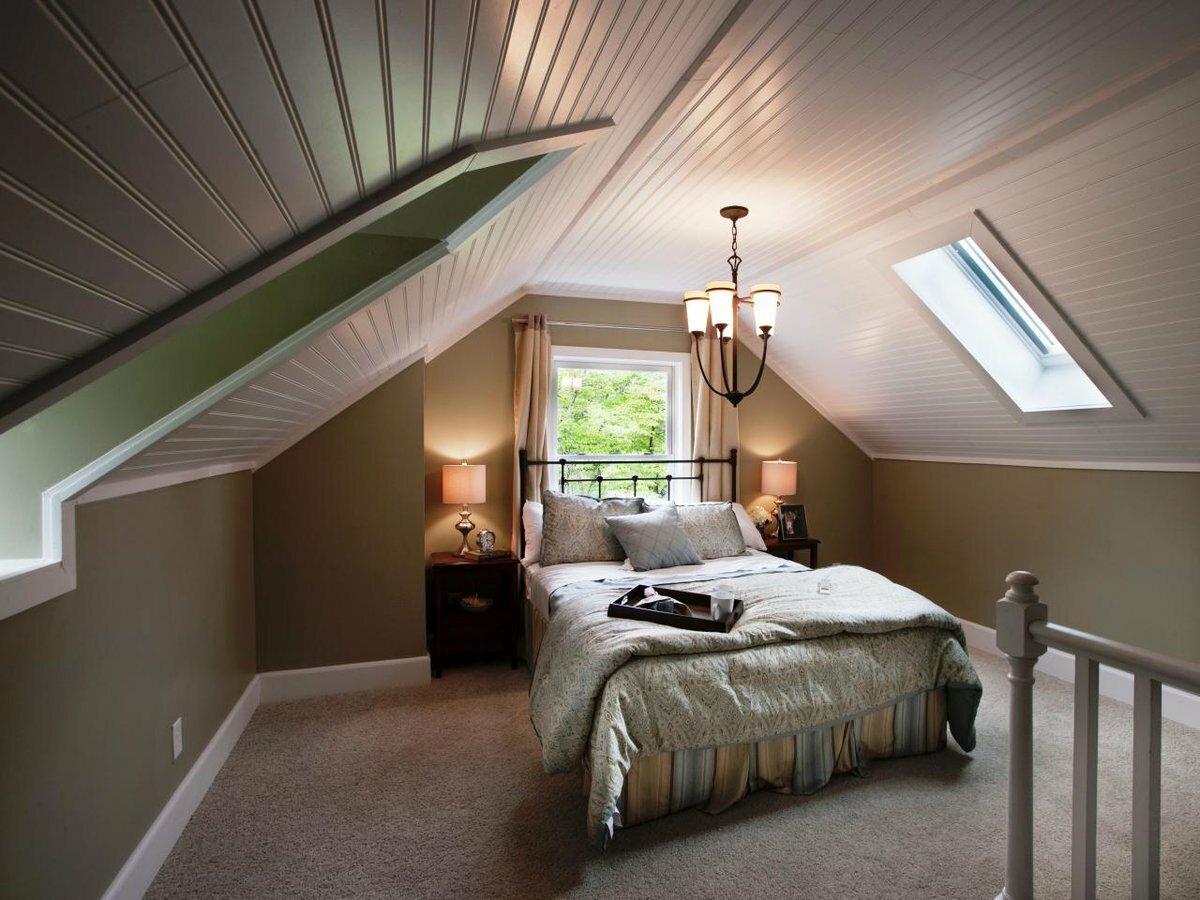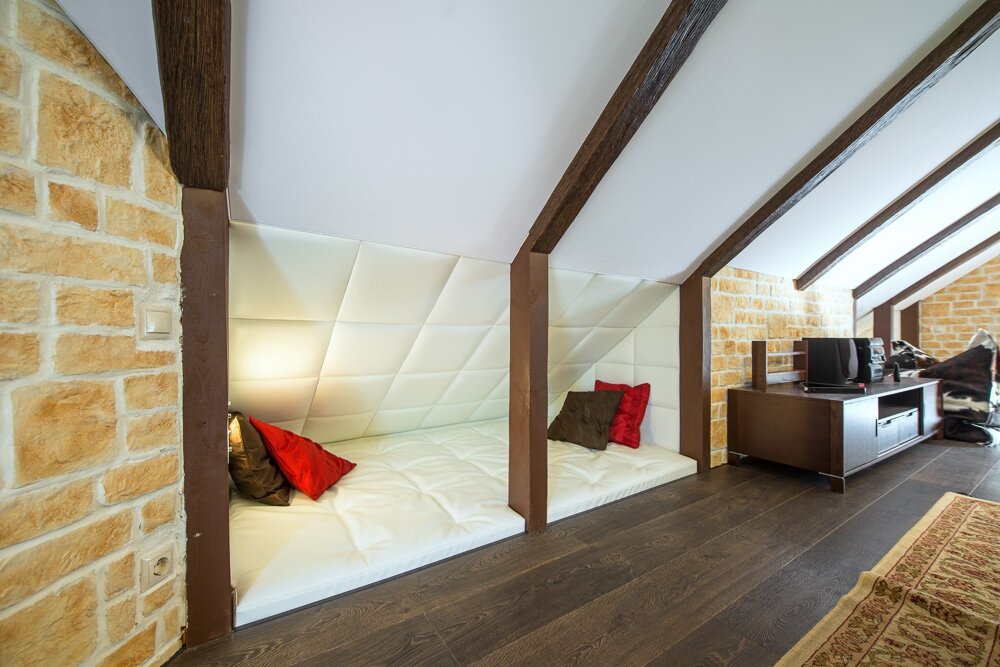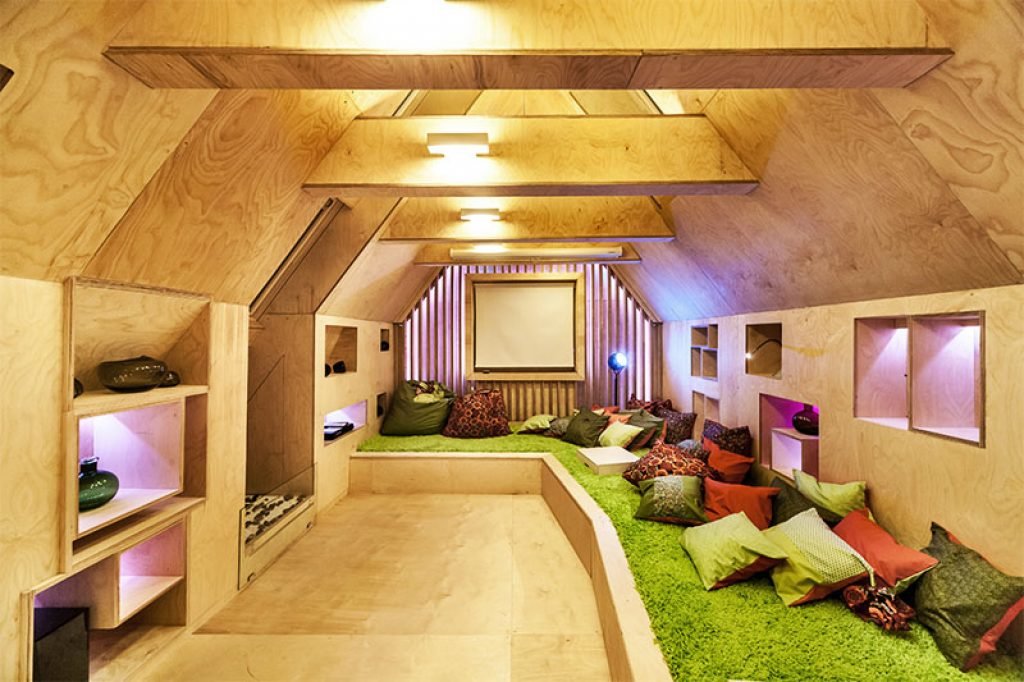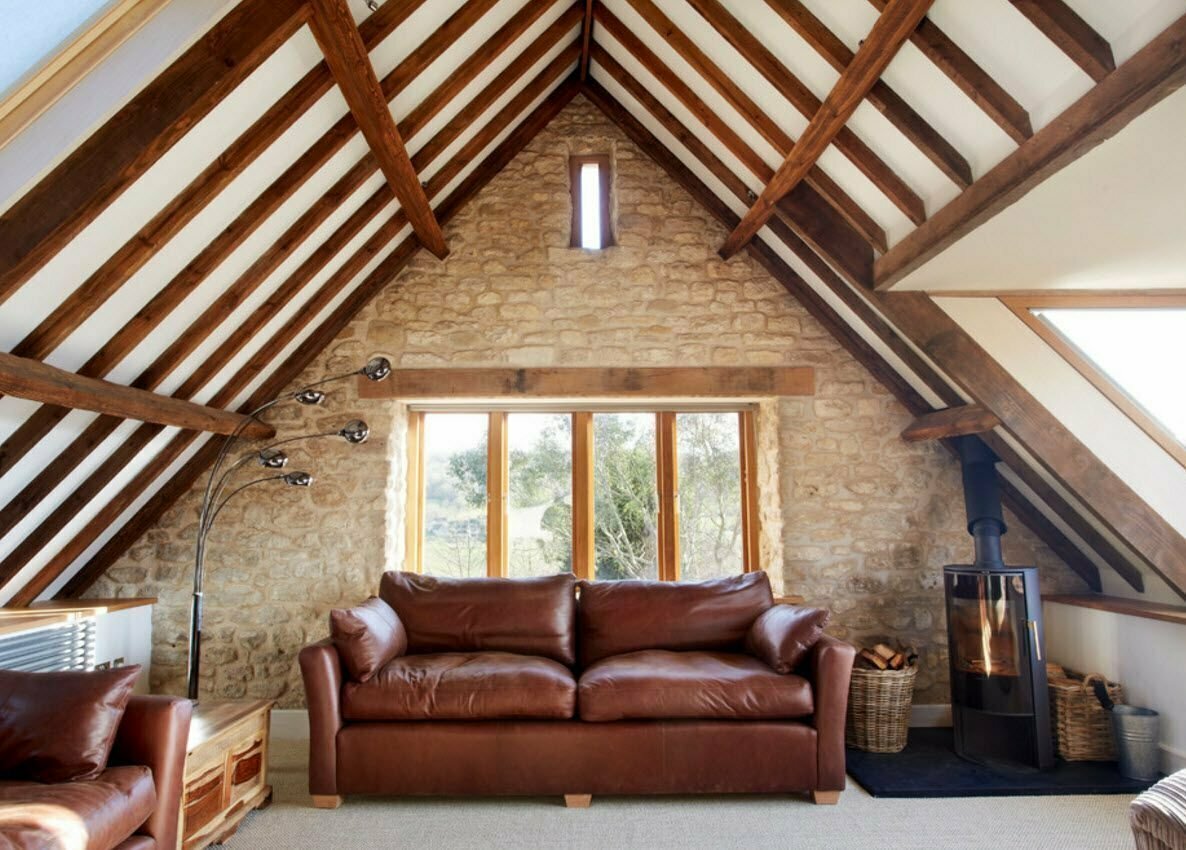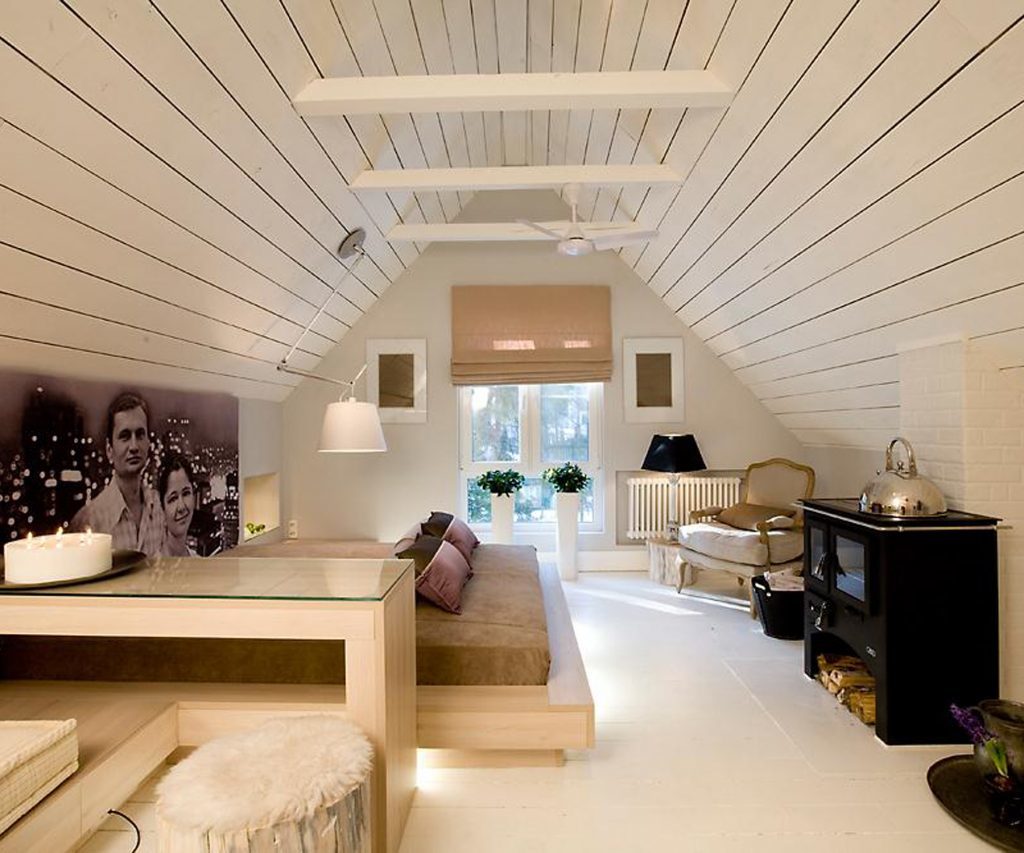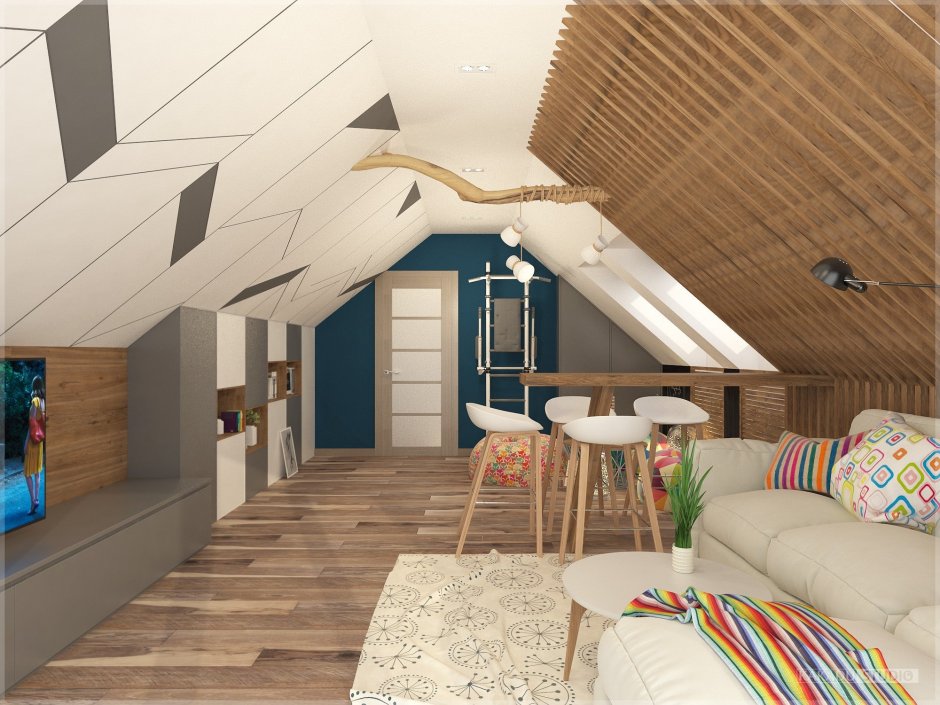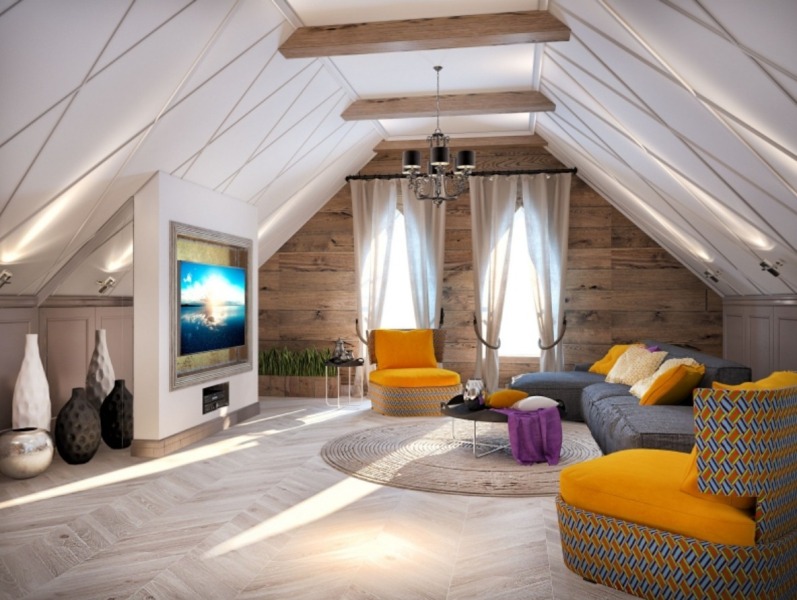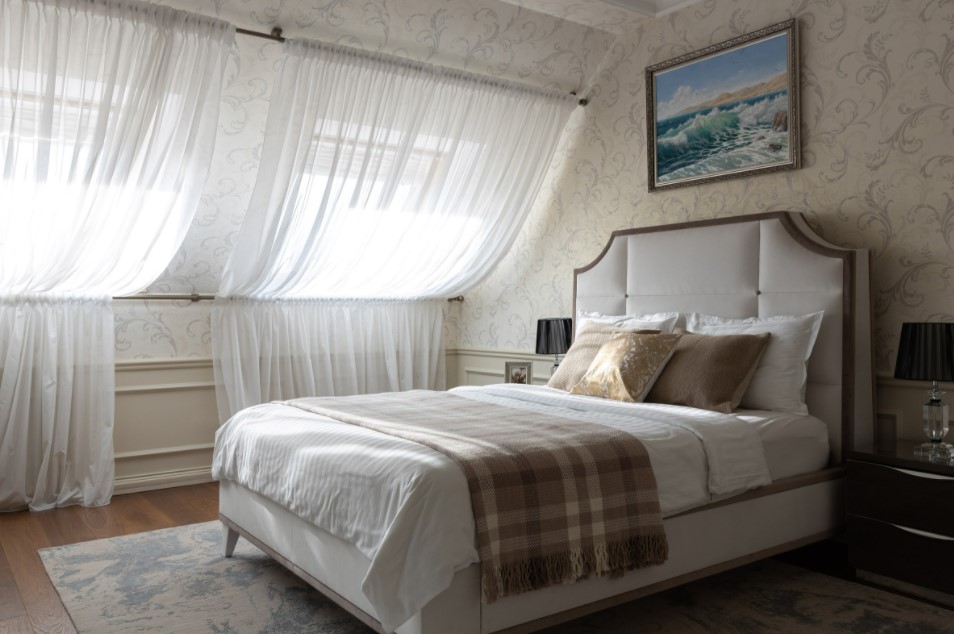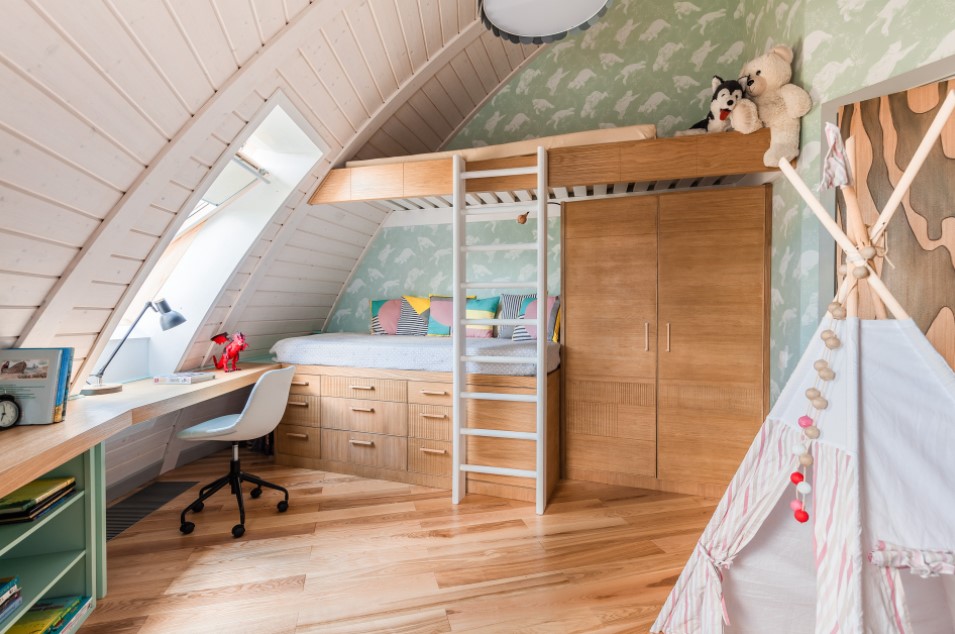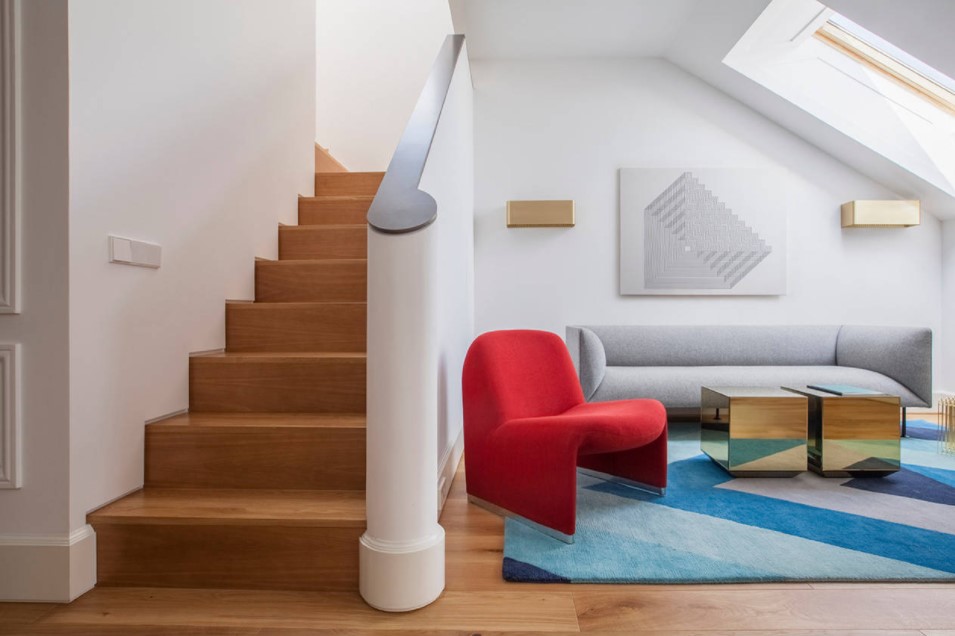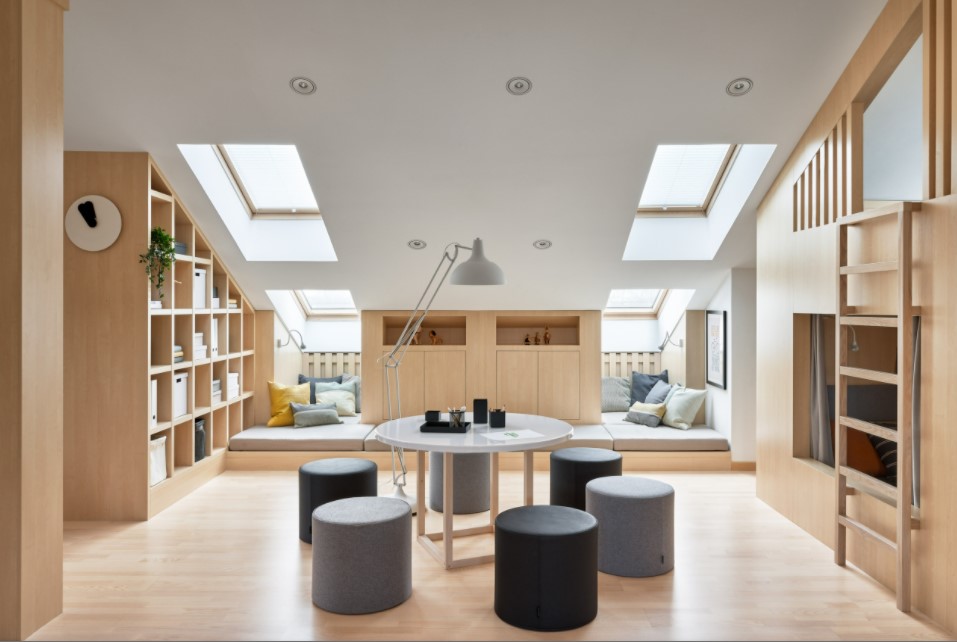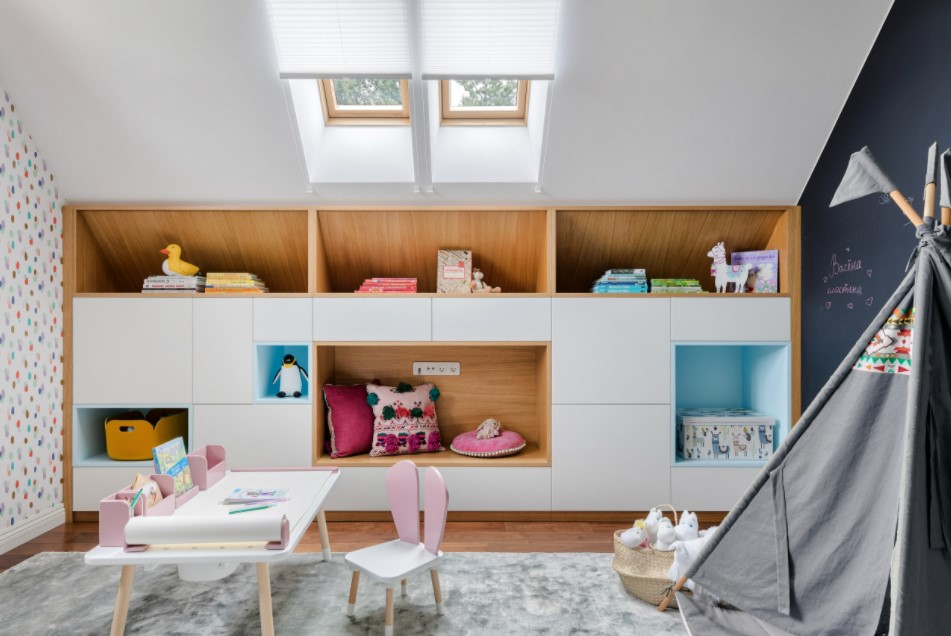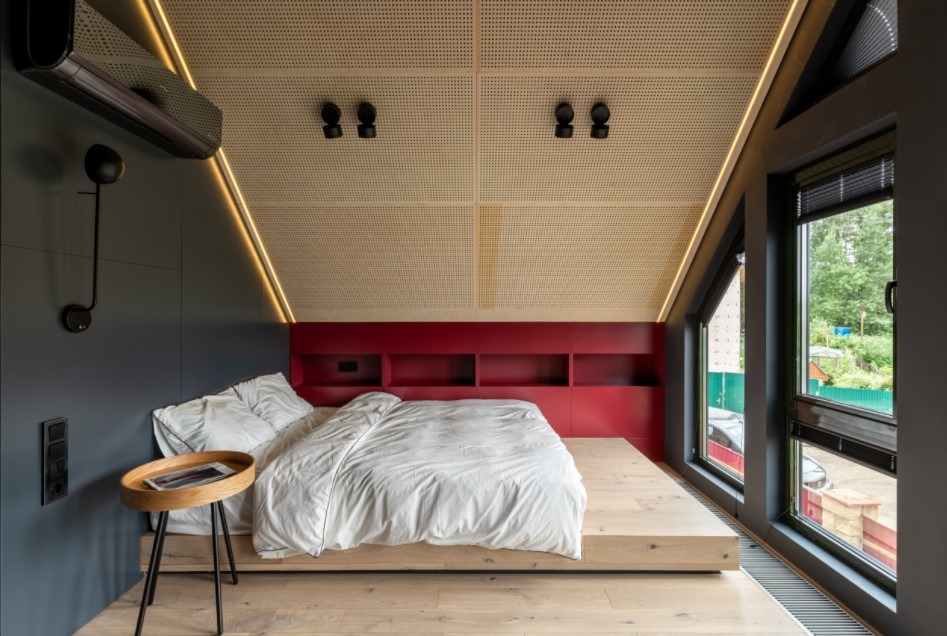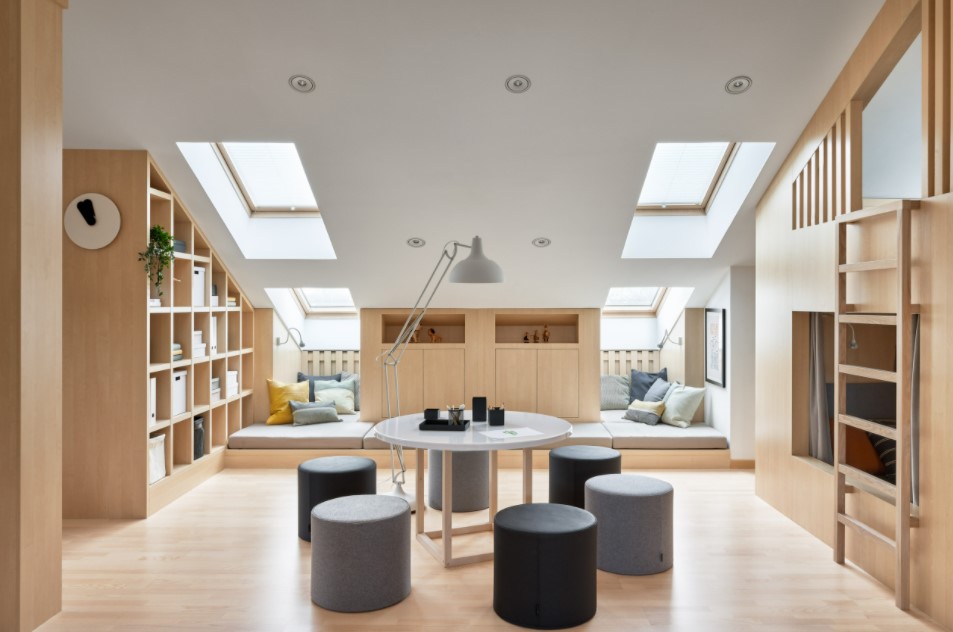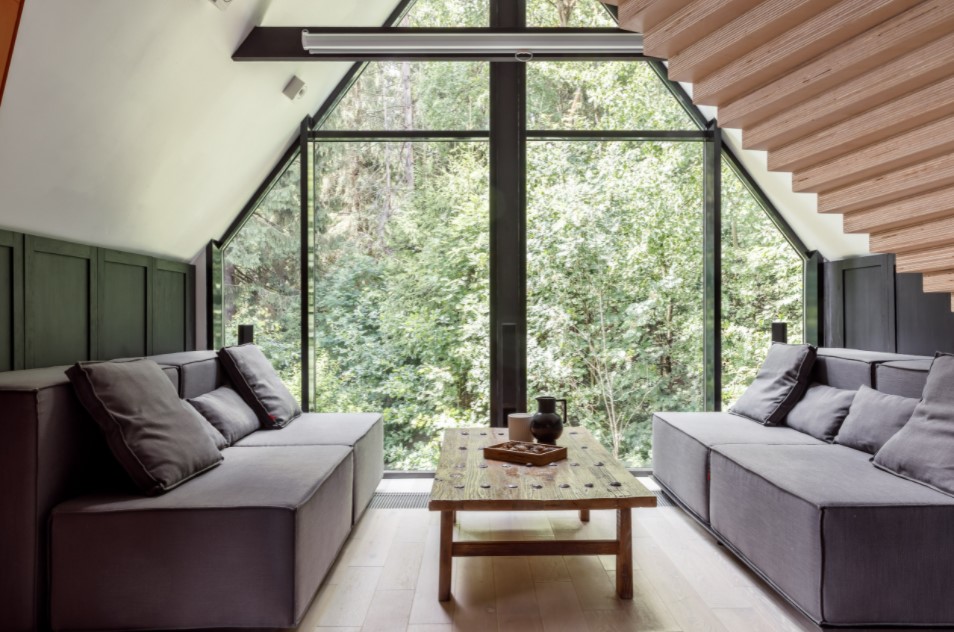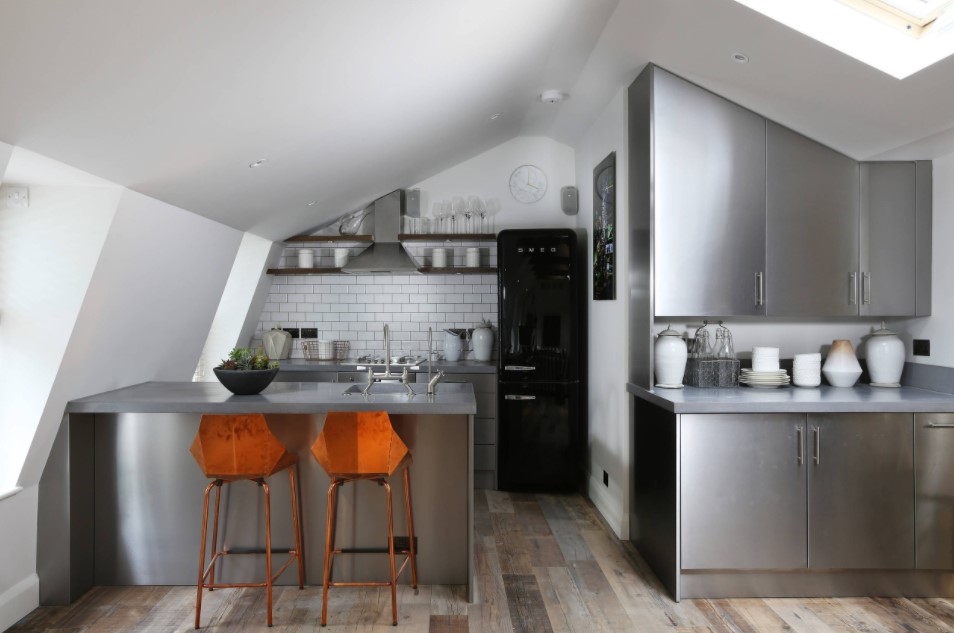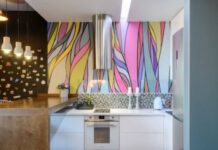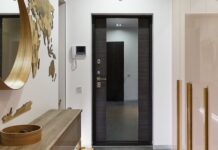Finishing work indoors under the roof of a house with the original name “attic” is a crucial stage of repair work or construction of a house. For such a long-term project, modern, high-quality, durable and wear-resistant materials are needed. The main and most popular finishing materials will be discussed in our article.
Interior finish
Finishing work inside the attic is carried out taking into account the characteristics of the room, such as the placement of communication systems and the shape of the room. When choosing a finishing material, you need to pay attention to its quality characteristics:
- moisture resistance,
- relatively light weight,
- thermal insulation and fire safety.
The most popular and suitable finishing materials are drywall, lining, plywood, MDF / CHIPBOARD / OSB, plastic panels, wooden beams. A preliminary stage is required to prepare the roof for finishing work from the inside.
At this stage, choose insulation for the floor and ceiling: polyurethane foam, polystyrene foam, mineral or ecowool, foil insulation. Only after the preparation of the roof go directly to the interior decoration.
Drywall finishing
For the interior decoration of the attic, moisture-resistant and fire-resistant drywall sheets should be chosen to protect against moisture changes and protect against possible leaks. A great option is a moisture-resistant sheet of drywall with red markings and a green paper surface. It is quite possible for a man without special skills to finish with drywall on his own.
Finishing work with the help of this material begins with the preparation of surfaces and markings, then a frame made of a metal profile is installed, then it must be insulated and sheathed with drywall sheets. The final stage is finishing with putty and painting.
Finishing with clapboard
A thin wooden sheathing board called “lining” is one of the most popular types of interior decoration of the attic. Its advantages, in particular, over plastic lining, are environmental friendliness, wear resistance, naturalness and beauty. Before starting finishing work in the attic, the lining must be prepared by treating it with protective chemicals: antiseptics, waterproofing solutions, paint and varnish mixtures.
A stage with the insulation of the lining is mandatory in order to prevent sudden changes in temperature, which may adversely affect the safety of this finishing material. For durable and reliable fastening of the sheathing board, galvanized nails, staples, clamps, stainless screws are used. After completing the lining of the wooden lining, it must be varnished, ideally aerosol.
Laminate finishing
Laminate flooring was originally conceived as a floor covering, which consists of fiberboard in several layers, covered on top with a protective laminated film. Today, in designer interiors, it is quite common to find laminate as a finishing material for walls and ceilings.
Laminated panels are easily attached with silicone glue or liquid nails, as well as with the help of special brackets – clamps – on a wooden frame. Laminate panels can be placed on the surface vertically, horizontally, diagonally, which can be important for the selected interior design.
Finishing with imitation timber
Imitation of timber in its external and qualitative characteristics is close to wooden lining, but surpasses lining in cost. The higher price of the analogue of timber is due to a number of advantages. For its production, reliable and durable coniferous wood is used, which is an environmentally friendly natural material with a high level of noise and heat insulation, has a long service life, reliable fasteners. Surfaces trimmed with imitated timber are a chic and stylish base for any interior design. In the attic with such a finish is cozy, comfortable and beautiful.
Finishing with a block house
A wooden block house is a very spectacular, natural, finishing material, which is a planed board in the form of a segment of timber or logs. The block house, as well as the incredibly beautiful log interiors with it, are very popular today. Such a modern material has excellent quality characteristics: a special texture, a high level of resistance to moisture, strength and wear resistance. The block house looks harmoniously in the interior of the attic, creating a special pleasant and comfortable atmosphere under the roof of the house.
Finishing with plastic panels
Plastic lining is the most affordable, and its installation is easier and faster than all types of finishes. The main advantages of factory plastic slats are lightness, moisture resistance, a huge palette of colors and shades, with patterns and monochromatic. However, it is worth paying attention to the disadvantages of plastic panels: they are quite fragile, individual elements cannot be repaired, cannot boast of environmental friendliness and naturalness, although their modern composition is safe.
OSB finishing
Oriented strand board (OSB) is a sheet multilayer material for construction and finishing works, which is obtained after processing wood waste. Strong, lightweight, durable, eco-friendly plates that are used to finish all surfaces of the attic are an excellent base for textiles or wallpaper. OSB can be varnished and painted.
All presented options for finishing the attic are good in their own way. When determining the appropriate option, be sure to analyze the features of the finishing materials and make the right choice!












